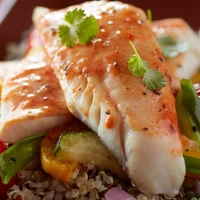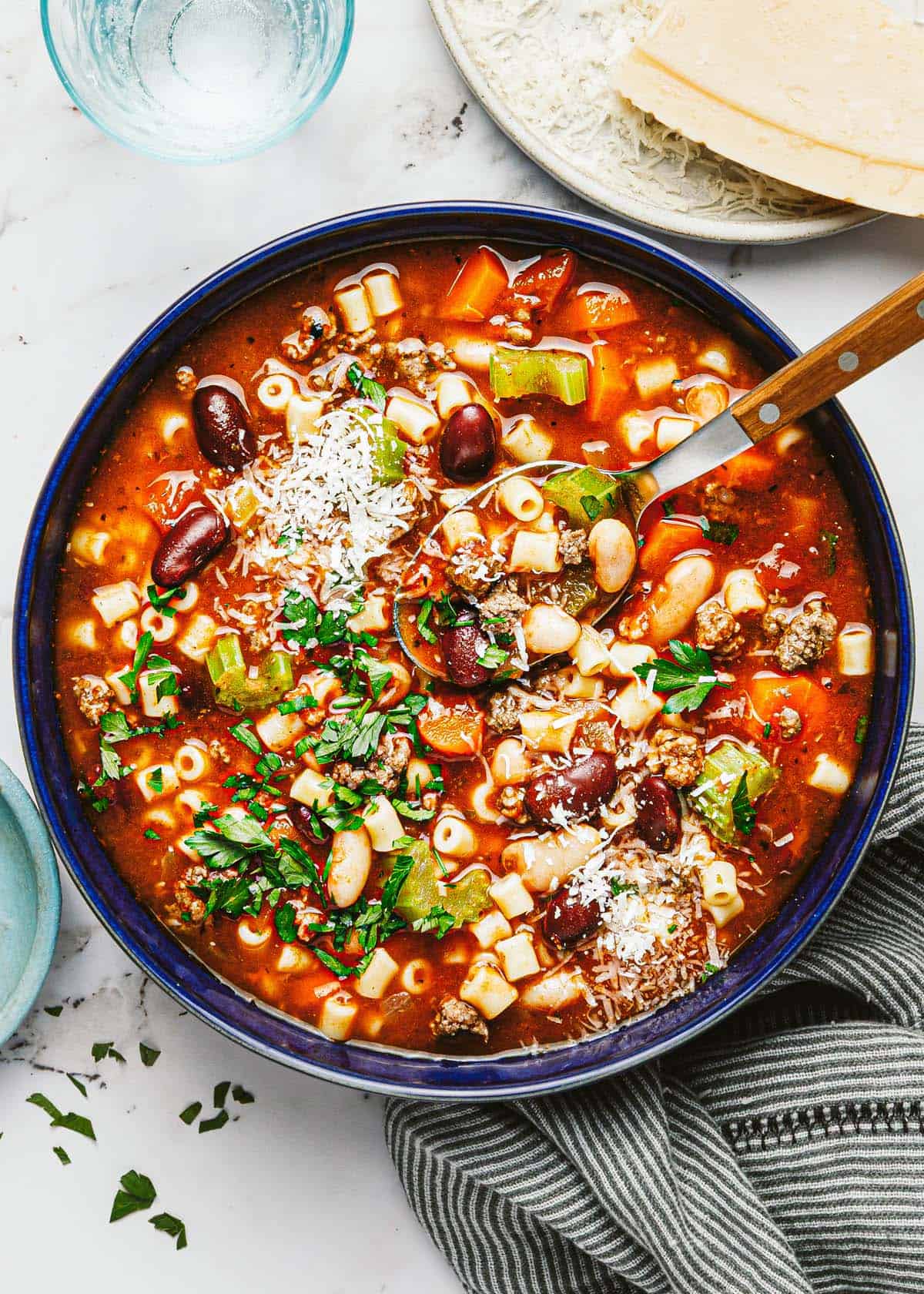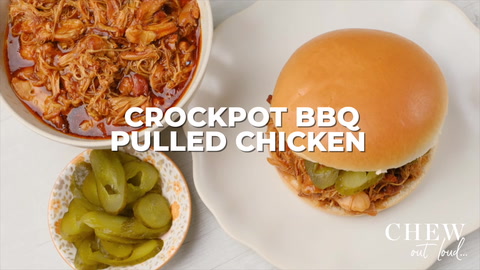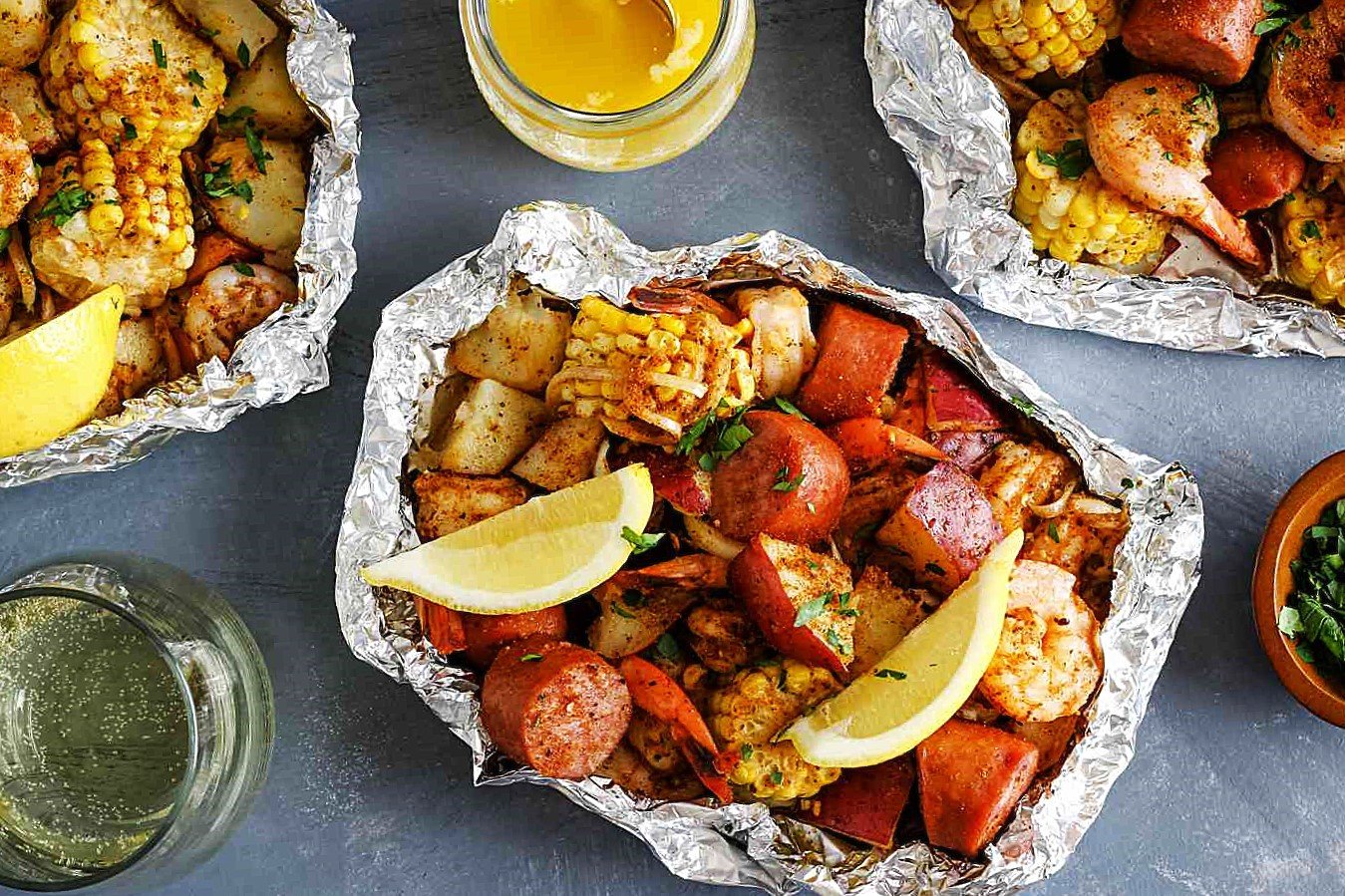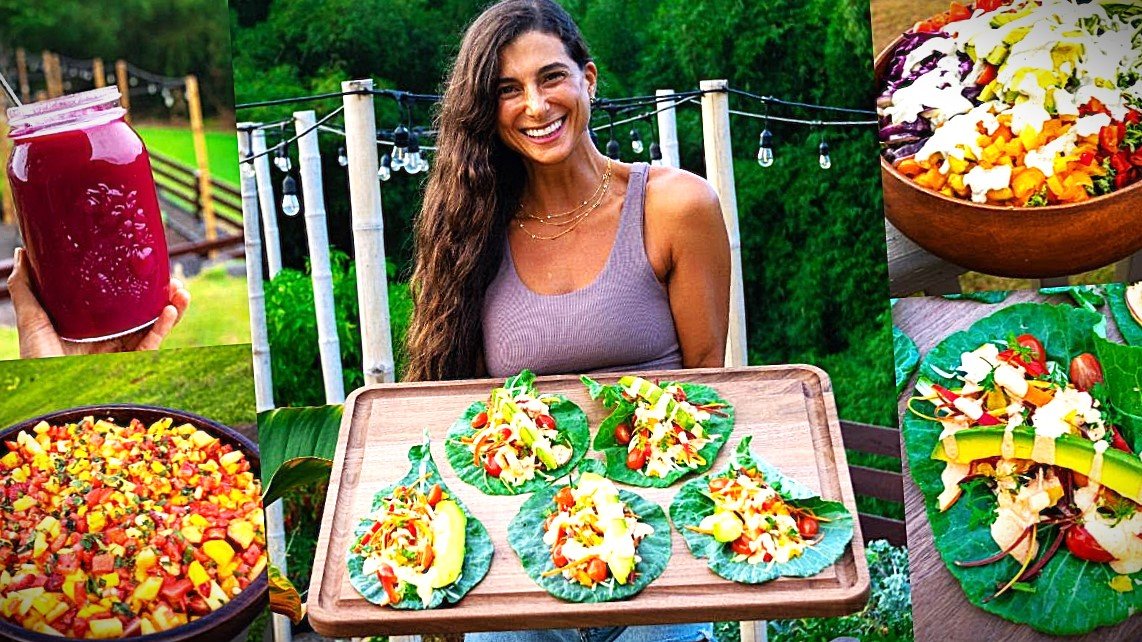The Vibrant World of a Caribbean Restaurant: A Culinary Escape to the Islands

Introduction
Craving tropical flavors, bold spices, and colorful dishes that dance on your taste buds? A Caribbean restaurant offers just that—an unforgettable dining journey infused with island spirit. Whether you’re exploring jerk chicken from Jamaica, callaloo from Trinidad, or conch fritters from the Bahamas, each Caribbean restaurant presents a lively and soulful experience.
This article dives into everything that defines a Caribbean restaurant—its unique characteristics, staple dishes, cultural influences, and why more diners are seeking them out across cities worldwide. From casual beachfront shacks to upscale Caribbean fusion spots, here’s your complete guide to the delicious, diverse world of Caribbean restaurants.

1. What Makes a Caribbean Restaurant Unique?
A Caribbean restaurant reflects the fusion of cultures, flavors, and traditions of the Caribbean islands. The diversity stems from African, Spanish, Indian, French, Chinese, and Indigenous influences, creating a melting pot of cuisines. Each Caribbean restaurant aims to tell a story through spices, herbs, cooking techniques, and island hospitality.
Key elements that make a Caribbean restaurant unique include:
- Flavor-forward spices: Think allspice, scotch bonnet peppers, ginger, and thyme.
- Slow-cooked and smoked meats: Jerk chicken, oxtail stew, pork shoulder.
- Tropical sides: Plantains, rice and peas, cassava, and festivals (fried cornmeal bread).
- Lively ambiance: Reggae or soca music, bright décor, and friendly service.

2. Signature Dishes You’ll Find in a Caribbean Restaurant
One of the best reasons to visit a Caribbean restaurant is the incredibly diverse menu. While dishes vary by island, many restaurants offer popular staples from across the region:
a) Jerk Chicken
Perhaps the most famous export from Jamaica, jerk chicken is marinated in a spicy blend of scotch bonnet peppers, allspice, garlic, and herbs before being slow-cooked over pimento wood.
b) Oxtail Stew
This slow-braised dish is rich and hearty, often served over rice and peas with a thick, savory gravy.
c) Roti
A Trinidadian classic influenced by Indian cuisine, roti is a soft flatbread filled with curry chicken, goat, or chickpeas.
d) Conch Fritters
A delicacy from the Bahamas, these crispy bites are made from conch meat mixed with batter and fried to perfection.
e) Callaloo
Made from leafy greens like amaranth or taro, callaloo is a traditional stew enjoyed across several islands.
f) Saltfish and Ackee
Jamaica’s national dish blends salted cod with ackee fruit, onions, and peppers, usually served with dumplings or yam.
Every authentic Caribbean restaurant takes pride in showcasing these bold flavors and hearty comfort foods.

3. Types of Caribbean Restaurants
Not all Caribbean restaurants are alike. The ambiance, presentation, and style may vary, offering a range of experiences for every mood and budget:
a) Casual Island Eateries
Often styled like beach shacks or small family-run spots, these Caribbean restaurants offer relaxed vibes and homestyle cooking.
b) Fine Dining Caribbean Restaurants
Upscale venues often blend Caribbean roots with modern fusion, serving gourmet dishes in an elegant setting—ideal for date nights or business dinners.
c) Fusion Caribbean Restaurants
These establishments mix Caribbean flavors with other global cuisines—like Caribbean-Asian or Caribbean-Latin fusion—creating adventurous dishes with a twist.
d) Takeout and Food Trucks
Quick-service Caribbean restaurants serve staples like jerk wraps, patties, or curry goat bowls for a flavorful meal on the go.

4. Health Benefits of Caribbean Cuisine
Caribbean food isn’t just delicious—it’s often nutritious too. Many dishes at a Caribbean restaurant are made with fresh produce, lean proteins, and traditional cooking methods:
- Rich in plant-based ingredients: Yam, plantain, beans, and greens.
- Spice-heavy cuisine: Natural metabolism-boosters like ginger and chili.
- Less processed: Many dishes are prepared from scratch.
- High protein content: From seafood, goat, and legumes.
Whether you’re pescatarian, vegetarian, or omnivorous, you’ll find healthy choices at nearly every Caribbean restaurant.

5. Vegetarian and Vegan Options in Caribbean Restaurants
Contrary to popular belief, Caribbean cuisine is not just meat-centric. A good Caribbean restaurant will feature several vegetarian and vegan dishes:
- Ital stew: A Rastafarian-inspired vegetable stew without salt or additives.
- Vegan roti: Filled with curried chickpeas and potatoes.
- Fried plantains: A must-have sweet and savory side.
- Pumpkin rice: Flavorful, vegan, and hearty.
- Callaloo soup: Made entirely from greens, coconut milk, and spices.
Many Caribbean restaurants now cater to plant-based diets while staying true to authentic flavors.

6. Caribbean Beverages to Try
The drink menu at a Caribbean restaurant is just as lively as the food. Look out for:
- Sorrel: A hibiscus-based drink spiced with ginger and cloves.
- Ting: A fizzy grapefruit soda popular across the islands.
- Mauby: A fermented drink made from tree bark, with a bittersweet taste.
- Rum Punch: No Caribbean restaurant is complete without this classic.
These drinks add a refreshing or festive finish to your island dining experience.

7. Cultural Significance of Caribbean Restaurants
A Caribbean restaurant is more than a place to eat—it’s a space that carries tradition, music, and community. Many Caribbean families pass down recipes for generations, and their restaurants serve as cultural landmarks for diaspora communities.
You’ll often find:
- Live music nights with reggae, calypso, or steelpan bands.
- Cultural celebrations like Carnival parties or Emancipation Day specials.
- Art and murals depicting island life and heroes.
- Friendly, inclusive staff that treat guests like family.
The experience at a Caribbean restaurant goes far beyond the plate—it feeds the soul.

8. How to Find a Great Caribbean Restaurant Near You
Looking for an authentic Caribbean restaurant? Here’s how to discover one:
- Search online with location keywords, like “Caribbean restaurant near me.”
- Check food review apps like Yelp, Zomato, or TripAdvisor.
- Ask in community groups, especially local Caribbean or cultural forums.
- Visit local festivals or pop-ups where Caribbean chefs often debut their menus.
Don’t forget to read customer reviews about food authenticity, spice levels, service quality, and ambiance.

9. What to Expect on Your First Visit
If you’re new to Caribbean cuisine, here’s what to expect when dining at a Caribbean restaurant:
- Bold, spicy, and savory dishes—don’t shy away from spice; embrace it.
- Lively atmosphere—island music, warm hospitality, and vibrant decor.
- Generous portions—you won’t leave hungry.
- Custom spice levels—most places allow you to choose mild, medium, or hot.
Start with a classic like jerk chicken or roti, and don’t forget a side of fried plantains!

10. The Growing Popularity of Caribbean Restaurants
Across North America and Europe, the number of Caribbean restaurants has grown dramatically over the past decade. Why?
- Cultural diversity: Larger Caribbean communities in cities like Toronto, New York, and London.
- Unique flavor profiles: Diners are seeking something spicier, more flavorful, and less mainstream.
- Food tourism: Diners often want to relive vacation memories through food.
- Health-conscious trends: Many Caribbean dishes are naturally balanced and wholesome.
Today, the Caribbean restaurant is not only surviving—it’s thriving.

Final Thoughts
A Caribbean restaurant offers more than just a meal—it’s a celebration of island life, culture, and flavor. From spicy jerk dishes and soulful stews to reggae-filled dining rooms and tropical drinks, every visit is like a mini vacation.

So whether you’re a Caribbean native missing home-cooked meals or a curious foodie eager to explore new tastes, step into a Caribbean restaurant near you—and let the island rhythm guide your plate.


